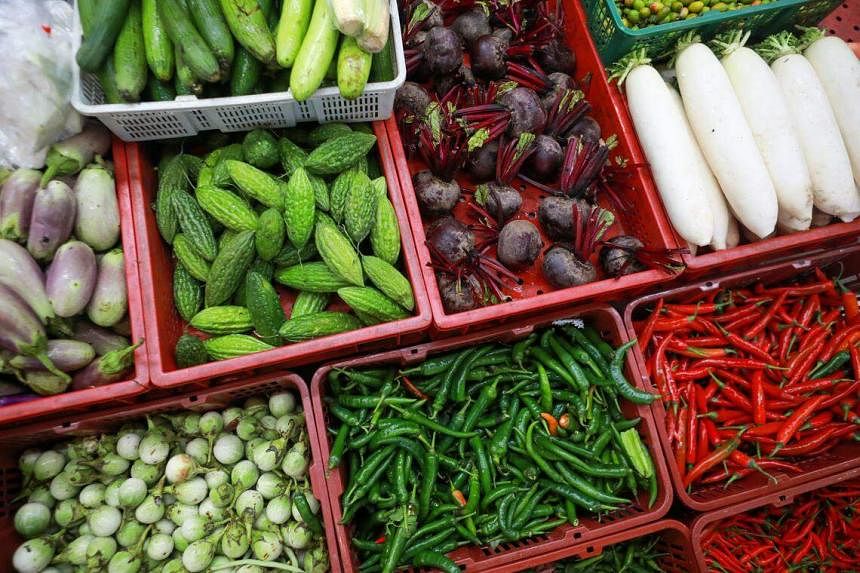It was reported that food inflation was unchanged in February at 8.1 per cent, as a steeper increase in non-cooked food prices was offset by a smaller rise in the prices of prepared meals (Singapore core inflation holds firm at 14-year high of 5.5% in February, March 23).
There are many occurrences of shrinkflation taking place which may not be reflected by the reported food inflation rate.
Many food vendors have started to charge for ingredients that used to be free or have always been part of a dish.
A bowl of sliced fish soup used to come with a dash of evaporated milk. Nowadays, stallholders charge me at least 50 cents for the milk.
A whole chicken purchased from the wet market used to include chicken fat, which is a key ingredient in chicken rice recipes. Now, I see packs of chicken fat for sale, priced at a dollar or two.
Even when it comes to groceries, shrinkflation is a common practice by companies as a way of managing profit margins by adjusting the weight and volume of products sold while maintaining the same selling price.
A branded chocolate bar which used to weigh 200g could now be 180g, yet the selling price remains the same.
I welcome measures such as the Assurance Package and GST (goods and services tax) Voucher scheme to target the rising cost of living. However, I hope the authorities will consider the impact of shrinkflation in people’s daily spending, which may not be accounted for fully in the official inflation figures.
Foo Sing Kheng

